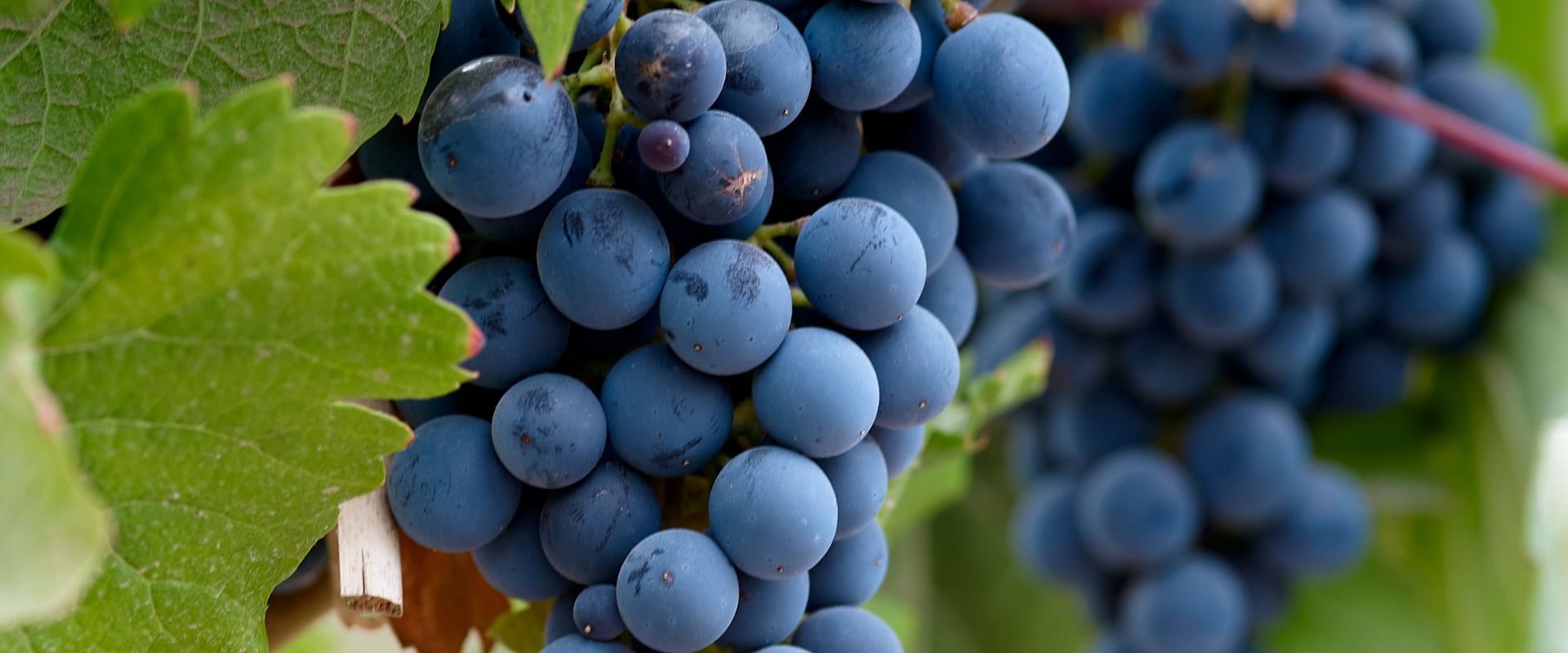
Winemaking Protocol
There are three great geographical features that define our vineyard site – or ‘Location, location, location‘.
2008 was our starting point or “témoin”: a single barrel was made and shows a mix of dried fruits – cherries, figs, plums, some earth and tobacco notes, in a rich, full palate. Hint of bergamot and dried plums in a long finish.
The purchase of the Versado vineyard in 2008 was completed just as the crop was being harvested, allowing for only a tiny amount of fruit to be retained for the advancement of the project. 2008 became our practical learning baseline – a chance to move from theory to practice – and to learn about the winemaking realities of our newly-gained terroir. The old vines had just been through a really rough patch, enduring two consecutive, unprecedented hail disaster years. This resulted in physical stress to older wood and to young shoots. While the main crop was harvested, we were able to retain a single perfect cluster per vine. We allowed it to hang an extra month before harvesting, resulting in barely enough fruit to make a single barrel of rich, yet structured red wine.
OUR Wines
So here’s the drill
Based on the experience of the winemaking team, and the learnings since the 2008 vintage, the following protocol has been developed for Versado:
- Select bunches are hand harvested into 15 kg lugs from our single estate vineyard on Cobos Road.
- Gentle tipping to shaking-sorting table for manual sorting by 8 meticulous sorters. Imperfect and dehydrated berries are removed, along with leaves and other non-grape matter.
- To obtain perfect purity and the best possible wine, all juice that comes out of the grapes on the sorting table is discarded.
- 10% of the whole clusters are re-collected in the lug boxes and manually tipped into a traditional concrete fermenter to ferment as whole bunches along with destemmed must.
- After a cool-soak of about 72 hours, native yeasts commence fermentation, and are allowed to reached a peak temperature of 30 degrees for a day or two. Fermentation continues until dryness for a total period on skins of approximately three weeks. Minimal temperature regulation is required, except in warm falls, due to the thermo-stability of our dense concrete vat and seasonal cool outdoor weather.
- The cap is managed through punch downs – one to three per day, depending on vintage conditions
- Free-run wine is drained from the fermentation vat.
- The pomace is gently pressed, and any coarse tailles are not retained for Versado. After a 30-hour settling, the wine is racked to French oak barrels (10-15% new) where malolactic fermentation is allowed to occur naturally, without inoculation.
- Over the next 12 months of elevage, the wine is left to naturally and slowly transform.
- Exhaustive blending and tasting trials, involving both Ann and Peter are complete only when complex blends of our Versado wines have been created. Reserva is returned to barrel for an additional 12 months of integration in the cellar before bottling.
Voice from the Vineyard
Sign up to receive periodic insider emails from Ann & Peter.
